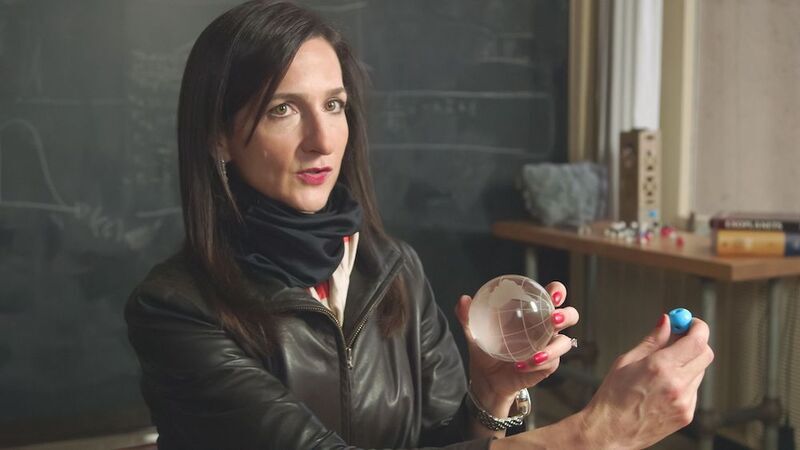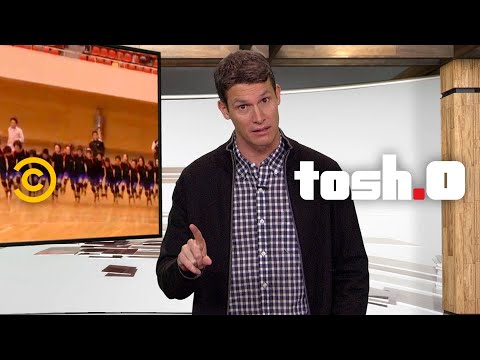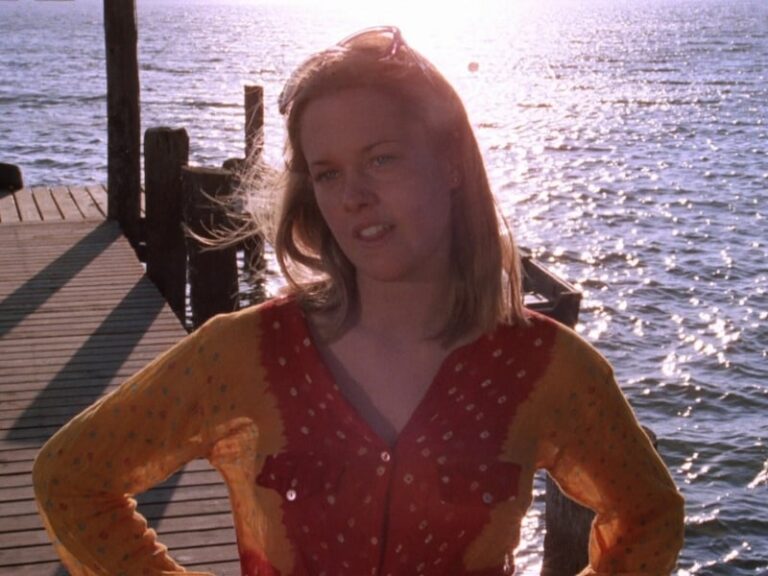SXSW 2021: Lily Topples the World, Subjects of Desire, The Hunt for Planet B

Executive produced by Kelly Marie Tran, the heartwarming portrait (and documentary feature competition winner) “Lily Topples the World” celebrates the artistry of 20-year-old Lily Hevesh, one of the most popular domino masters on YouTube. (By the end of the doc’s filming, she’s reached around three million subscribers.) On her channel Hevesh5, Hevesh offers viewers a fantastic spectacle built from her dedication and understanding of architecture, as she constructs elaborate, towering, sprawling, intricate domino displays for different occasions around the world. The documentary is full of her displays and the unique gratification in seeing thousands of blocks ornately positioned collapse with calculated grace.
Director Jeremy Workman previously gave SXSW the incredible documentary “The World Before Your Feet,” about a guy who ventures to walk down every street in New York City, and inspires others to follow suit. This follow-up is of even smaller stakes but can be just as inspiring, especially as Hevesh shows her skills in many different sequences—in Paris, on set at “The Tonight Show,” and at LEGO headquarters. Workman is along for the ride, and even cleverly lets exposition from Lily’s life come from watching others interview her, like when we get more insight to Hevesh’s background as an adopted child by hearing someone with a similar story ask her about it.
The documentary is so pleasing, and her journey so endearing, that we don’t really mind that the third act is more or less about her trying to expand her brand by getting a company to make a domino with her name on it. For one, her brand Hevesh5 seems as pure as a domino itself, and this documentary frames these business interactions as something that’ll help make the world a better place, with Hevesh proving to be an incredible manager. She could easily take her managerial skills and vision to leading a film set.
On a wider scale, Workman has made the rare non-cynical modern documentary about influencer culture, placing Lily in a world where teens watch YouTube more than they do TV, and look up to people like Hevesh as their type of celebrity. Lily is one of countless people who are connecting with others and creating audiences throughout YouTube; some of the documentary’s sweetest moments involve her meeting a star-struck fan who is excited to make a mini domino display alongside his hero.
It almost feels like a staunch artistic decision that Workman doesn’t include a whole lot of footage of Lily’s dominos falling apart mid-build. The same goes for images of her picking up all of the pieces, experiences that I can imagine she’s experienced countless times on her way to domino domination. Those bits seem to be missing to in order to preserve the overall ease of the story, and to affirm that it’s never about if Lily will succeed with her latest project, but when.

Jennifer Holness’ “Subjects of Desire,” which also competed in the documentary feature competition, is an eye-opening, and often powerful analysis of the history of beauty with regards to Black women. In a great way, it’s like getting a semester’s worth of discussion ideas about the topic in 100 minutes, as conveyed through experiences, knowledge, and wisdom of the Black women who are interviewed and celebrated (including 2018’s Miss Black America Ryann Richardson and four-time Grammy winner India.Arie and a wealth of fascinating academics). And as it engages so many different media images of Black women and what is considered beautiful, such a specific focus helps us understand so much more about pop culture-at-large given all that has been appropriated.
Across its 100-minute running time, it dissects images that have pervaded in media, like the three tropes of the Mammy, Jezebel, and Sapphire. Among the many categories related to Black aesthetics that it touches on, it draws a through line of these tropes from across time, while discussing the commodification of Black women’s bodies in popular films and music. A few editorial choices are a bit abrasive, like a segment that starts to detail the importance of #BlackGirlMagic in 2013, before veering into the story of Rachel Dolezal, the white woman who pretended to be Black in public for decades. It comes back later—but it feels too jarring of an inclusion for much of the film’s runtime.
The documentary is centered around prep for the 2018 Miss Black America pageant, an event that has been running since 1968. It’s not about following the arc of the contest, but in its clever way it focuses on the women who exemplify this documentary’s ideas, and the incredible talents of its contestants. Some of the different contestants speak in the documentary, and Holness’ affectionate film also includes a roundtable of four young Black women who talk about interactions and grave misconceptions they’ve experienced related to their gender and the color of their skin—all adding to a chorus about navigating this very subject with frustration but also self-love.

It’s no bold statement to say that we have taken scientists for granted lately, especially in our pandemic of misinformation that has made belief more powerful than fact. Director Nathaniel Kahn recognizes this, and tries to combat this, with his impassioned and unabashedly intellectual documentary “The Hunt for Planet B,” which on the outset is about the engineering of the most powerful telescope yet, the James Webb Space Telescope. The JWST, with its 18 large gold hexagons, will help us see farther into space than we ever have before, and to understand what other planets are out there. This is true pioneer work, continued from what Galileo did hundreds of years ago, but with technology that has only improved because of collaborations.
But beyond the focus on the telescope, Kahn has assembled a touching, incredibly pure profile on this “collective genius” that has lead to these breakthroughs. Kahn talks to astronomers from all over the country about their passion for finding intelligent life, and often presents them doing something unrelated to their space work: their hobbies are used as poignant reflections of their passion, like the chief engineer who compares the make-or-break usage of the telescope with progression in weight-lifting. “The Hunt for Planet B” talks about—and sometimes even imagines—what would be found on other planets, but is grounded by its narrative about the many who dedicate their lives to this science. We don’t often get such a personal view of these influential minds.
The passion that Kahn has for these people, and their minds, is infectious, even if the doc itself maintains a somewhat dry tone when wanting to document these individuals (who are from all around and of various backgrounds) and their work, while beholding the telescope’s creation throughout the film’s runtime. It’s more about being a fan—Kahn can often be heard asking questions of his subjects (off-camera, and more than a usual documentary) and he airs our curiosities about what these brilliant minds are doing, and trying to understand how they can be so determined about it. Their dreams are for the benefit of our planet, and Kahn’s documentary helps us stand back and remember just how essential science is to progress.





